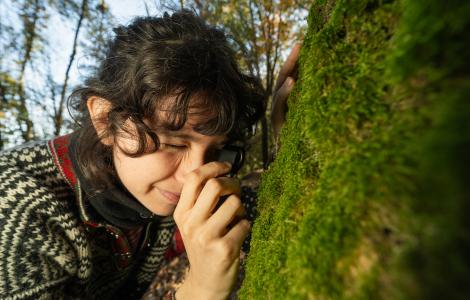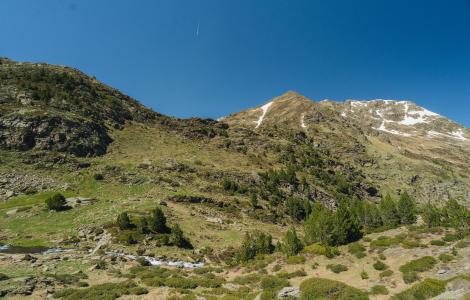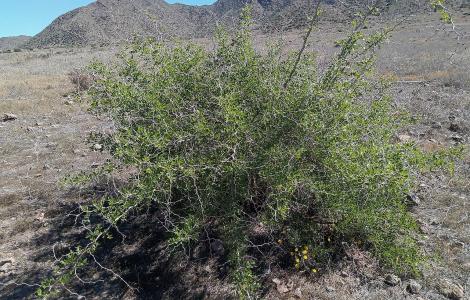Project CREDIBLE opens a public consultation to avoid conflicts between food production and biodiversity
When we talk about regenerative agriculture projects, it’s very important to understand how carbon capture, crop productivity (or harvest quantity), and biodiversity relate to each other. This is a scientific challenge, and that’s why the recent report from Project CREDIBLE, “How to avoid threats to food production and biodiversity and support positive synergies,” explores this topic after talking with farmers and representatives of agricultural associations. The document, made by Pilar Andrés and Enrique Doblas (CREAF) and other experts, is available here and open for public consultation.
One key point in this report is that to encourage farmers to use carbon capture techniques, the focus should be on the profitability of the farm—not just the economic benefit of the amount of harvest obtained. For example, a farm that cares for the soil and biodiversity might have fewer problems with pests or drought and need fewer pesticides, which in the long run means more money in the pocket. So, these benefits should also be taken into account, and a holistic plan made before implementing carbon projects, so regenerative agriculture is not seen only as an extra cost.
Some important recommendations from Project CREDIBLE
Some important recommendations from Project CREDIBLE
- It’s not just an extra cost. Many people think carbon capture and regenerative agriculture only mean more expenses. But this is a misunderstanding because the full economic value isn’t properly considered. Our focus group recommends making a complete plan before starting carbon projects to see all the benefits a farm can offer as a whole.
- Carbon capture and biodiversity go hand in hand. Both help crops become more resilient, for example, against pests or lack of water. They can’t be separated or evaluated individually. Ecological benefits should be part of the overall financial health of the farm. Carbon programs need to help farms be more economically sustainable, not just through more subsidies, but by strengthening the farm business.
- More support where it’s tougher. In dry areas, like parts of the Mediterranean, adapting to these practices takes longer. That’s why compensation and incentives in these regions should be higher or last longer.
- Different but complementary compensations. Payments for biodiversity conservation should complement those for carbon capture. But the scientific community also needs to work on finding clear indicators that can be easily measured at the farm level.
The focus group report explains all this in detail and gathers opinions from farmers from different regions and land uses. Don’t miss the chance to share your opinion in this public consultation, which is funded by the European Union and supervised by an Expert Group that helps the European Commission develop the certification framework for carbon capture and carbon farming (CRCF).







